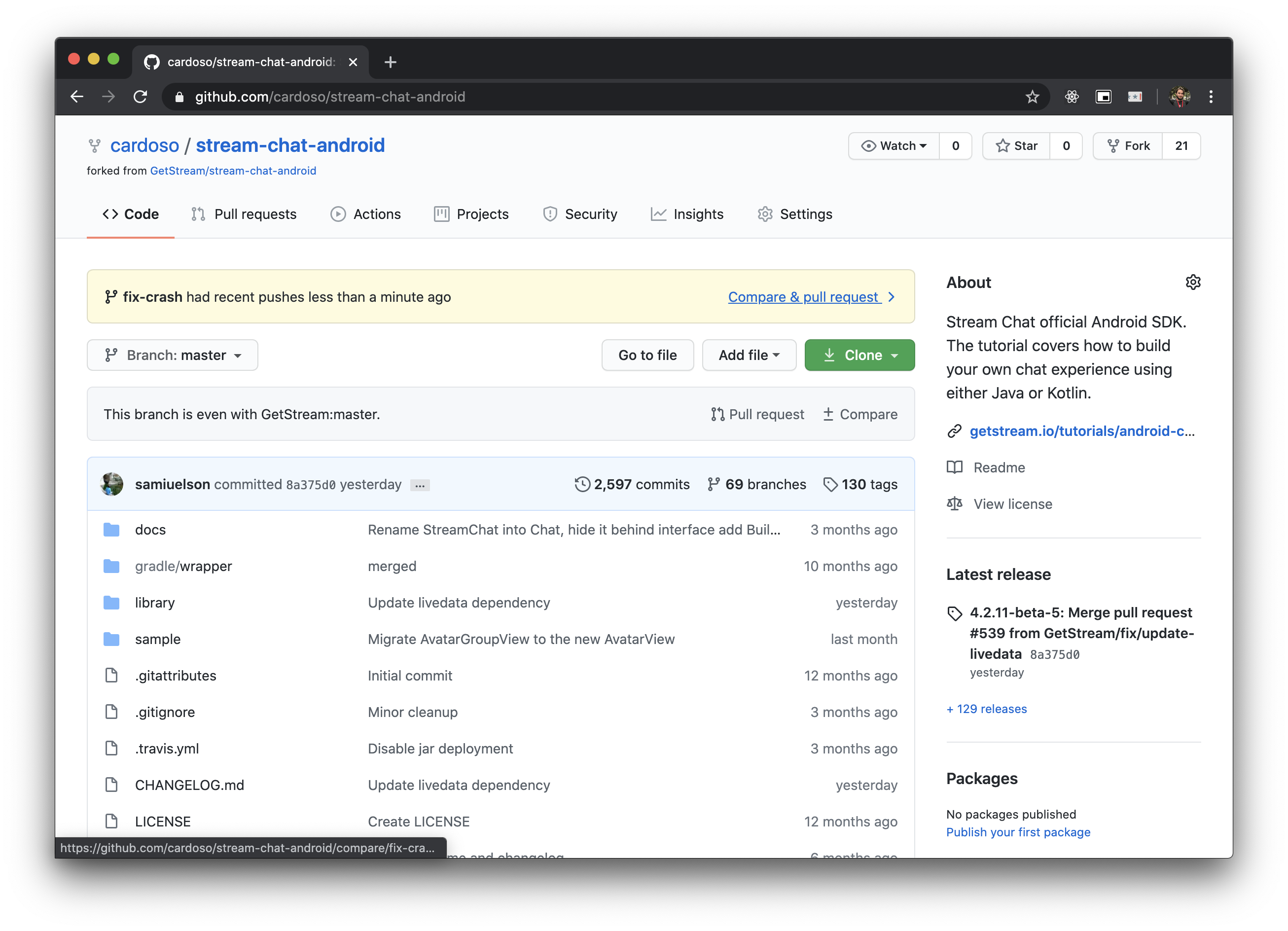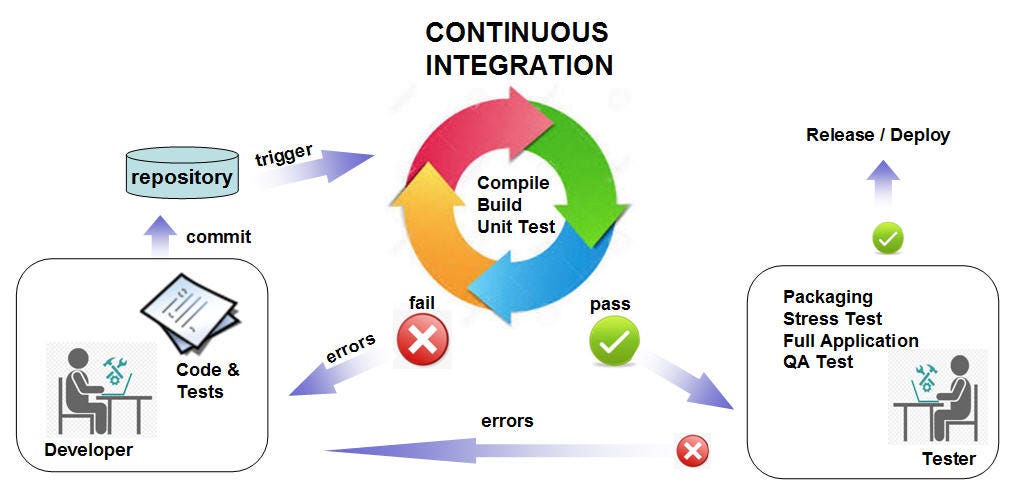
To make a changelist active, simply click this icon.Click this button to delete the selected changelist.Note that a changelist is a set of changes in files that represents a logical change in source code. Click this icon to create a new changelist.Click this icon to roll back any selected changes.This icon when clicked will commit your current changes.Click this icon to refresh the status of your files in the current workplace.Let's take a look at the item toolbars available when you're in the Local changes tab. This shows the list of files that have been modified locally (on your own machine) and not yet committed to the repository. Inside this window, we have three different tabs: Local Changes, Console, and Log.

Note that you can use Alt-9 to open up this window quickly. Click on the Version Control tab (at the bottom-left of Android Studio) and let's explore what we have there. This dialog displays a drop-down containing a list of repositories on GitHub you currently own or have worked on.Ĭlick Clone to clone the repo to your local machine inside the already selected parent directory.Īfter successfully initiating our Android Studio project with Git, Android Studio will show the Version Control window. If the login was successful, the Clone Repository dialog will pop up. Next, enter your GitHub account credentials and click Login. If you want to just clone a Git repo from the internet into your local machine, select the Git menu option.) (If you want to work on a repo from Bitbucket, select Bitbucket instead. Navigate to File > New > Project from Version Control > GitHub.
Choose repository github android studio code#
You can easily work on any of your Android source code repository that is in a GitHub or Bitbucket account in Android Studio. You can always view your project's current branch in the bottom-right corner of Android Studio. gitignore.īy default, we're switched to the master branch. idea/ should not reach Git-so you should add it to. Note that this is the format used by all recent IntelliJ IDEA versions. This folder just contains project-specific settings. This is telling us about a file named vcs.xml inside the. An initial HEAD file that references the HEAD of the master branch is also created. git directory with subdirectories for objects, refs/heads, refs/tags, and template files. This command creates an empty Git repository-basically a. Under the hood, Android Studio executes the Git command: git initĪs a reminder, here's what this command will do: Then select the top parent folder of your Android Studio Project.Ĭlick the OK button to initialize the project with Git.

I'll show you the many features of Git support in Android Studio and also how easy it is to do the different Git operations (commit, push, pull, branch, etc.) from inside Android Studio.

Even if you have already used Android Studio's Git integration, you might still pick up some useful tricks in this post. Do you know that Android Studio has an amazing integration with Git for source control management? If you didn't know or don't have experience using it, then continue reading this post.

P 01: Version Control With Git in Android StudioĪs you know, it's best practice to always use source control management (SCM) for your projects-even personal projects.


 0 kommentar(er)
0 kommentar(er)
